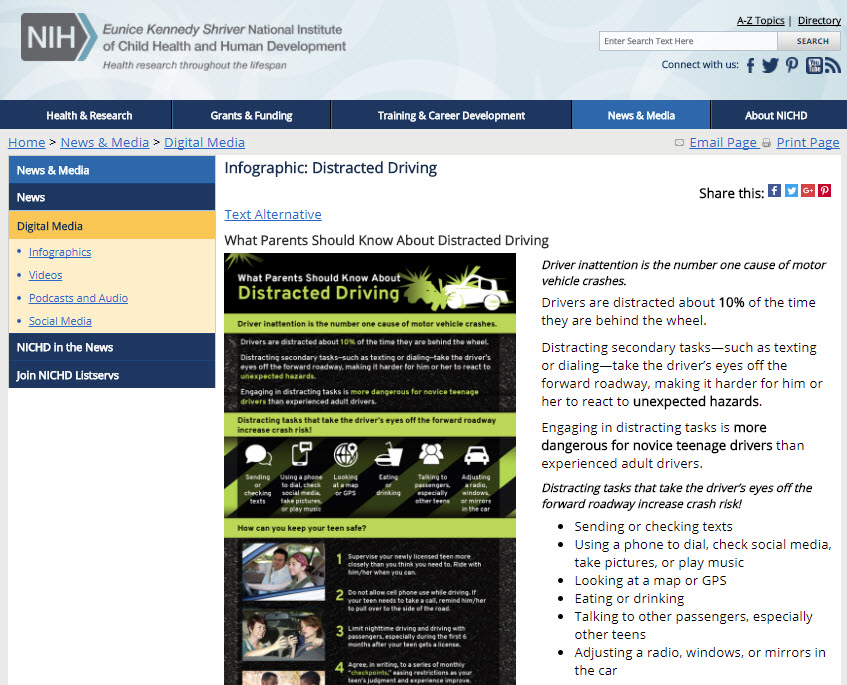Health Capsule
Prevent Your Teen From Distracted Driving

Unexpected things can happen when you’re driving. Another car cuts you off. A rock hits your windshield. You might not have much time to react.
That’s why it’s risky to take your eyes off the road while you’re driving. Distracted driving is the number one cause of car crashes.
Teens aren’t experienced drivers. They’re still developing good judgment behind the wheel. For teens, car crashes are the leading cause of death. How can parents keep a teen driver safe?
First, be a good example. Be your teen’s role model for good driving. Don’t send texts or take pictures while you’re driving.
As a parent, it’s your role to set the rules for your teen driver. Don’t allow your teen to use a cell phone while driving. Ride along with your teen when you can. You may also want to limit their driving with other teens. Having other passengers, especially teens, in the car can be dangerously distracting.
You can learn more about how to help your teen develop good driving habits. See NIH’s infographic for parents at www.nichd.nih.gov/news/resources/links/infographics/Pages/DistractedDriving.aspx.
NIH Office of Communications and Public Liaison
Health and Science Publications Branch
Building 31, Room 5B52
Bethesda, MD 20892-2094
Contact Us:
nihnewsinhealth@od.nih.gov
Phone: 301-451-8224
Share Our Materials: Reprint our articles and illustrations in your own publication. Our material is not copyrighted. Please acknowledge NIH News in Health as the source and send us a copy.
For more consumer health news and information, visit health.nih.gov.
For wellness toolkits, visit www.nih.gov/wellnesstoolkits.




